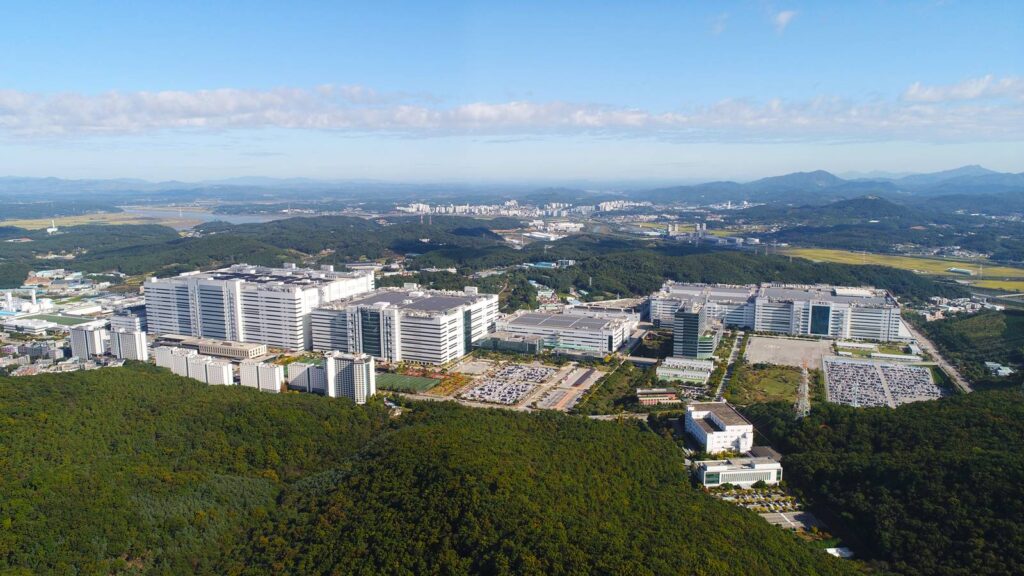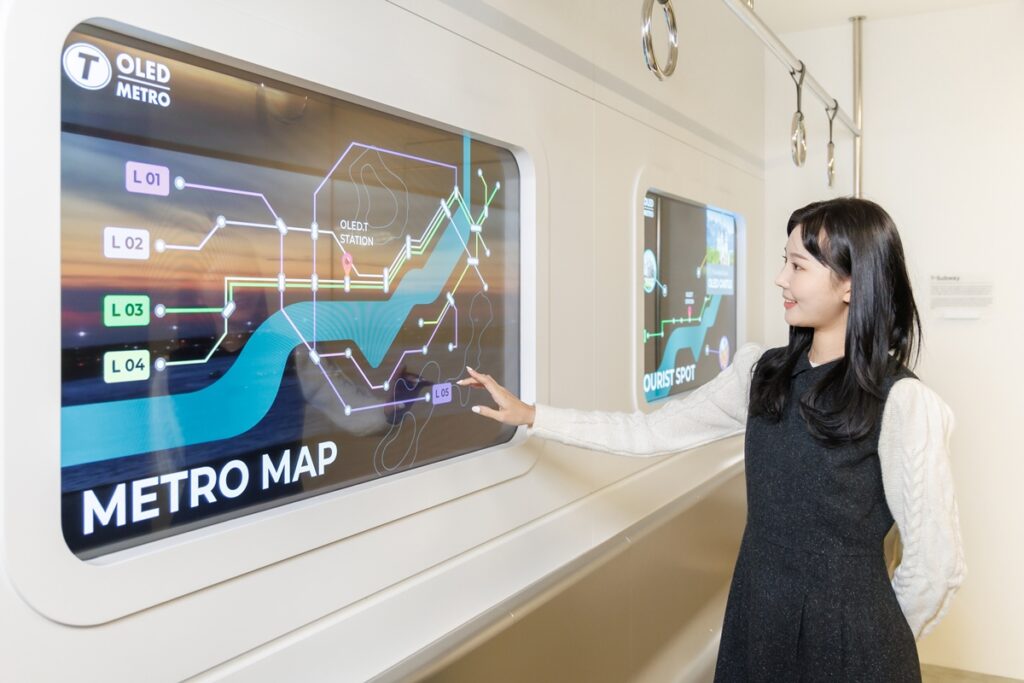SEOUL, Korea (Jan. 24, 2017) – LG Display reported today unaudited earnings results based on consolidated K-IFRS (International Financial Reporting Standards) for the three-month period ending December 31, 2016.
◆ Revenues in the fourth quarter of 2016 increased by 18% to KRW 7,936 billion from KRW 6,724 billion in the third quarter of 2016 and increased by 6% from KRW 7,496 billion in the fourth quarter of 2015.
◆ Operating profit in the fourth quarter of 2016 recorded KRW 904 billion, a quarter-on-quarter increase of 180% from the operating profit of KRW 323 billion in the third quarter of 2016, and a year-on-year increase of 1,392% from the operating profit of KRW 61 billion in the fourth quarter of 2015.
◆ EBITDA in the fourth quarter of 2016 was KRW 1,624 billion, compared with EBITDA of KRW 1,024 billion in the third quarter of 2016 and with EBITDA of KRW 882 billion in the fourth quarter of 2015.
◆ Net income in the fourth quarter of 2016 amounted to KRW 825 billion, compared with the net income of KRW 190 billion in the third quarter of 2016, and a year-on-year increase from the net loss of KRW 14 billion in the fourth quarter of 2015.
LG Display recorded its nineteenth straight quarterly operating profit at KRW 904 billion while surpassing KRW 1 trillion in annual operating profit for the fourth year in a row. This achievement resulted from a differentiated product strategy and the company’s industry-leading technologies despite fierce competition among display manufacturers.
With the growing trends for large-size panels as well as the rise in mid- and small-size panel shipments backed by seasonality, LG Display increased revenues by 18% quarter-on-quarter to KRW 7,936 billion. In addition, the company recorded all time high operating profit to KRW 904 billion up by 1,392 percent year-on-year from KRW 61 billion driven by differentiated and high value-added products such as large-size Ultra HD panels and in-TOUCH technology, as well as by the upward trend of panel prices and a favorable foreign exchange rate.
Panels for TVs accounted for 38% of the revenue in the fourth quarter of 2016, mobile devices for 31%, tablets and notebook PCs for 17%, and desktop monitors for 14%.
With 85% in the liability-to-equity ratio, 149% in the current ratio, and 15% in the net debt-to-equity ratio as of December 31, 2016, the financial structure of the company remains stable.
LG Display achieved annual revenue of KRW 26.5 trillion and annual operating profit of KRW 1.3 trillion thanks to maximized profitability in 2016 with an expansion of high value-added and differentiated products and with the panel price increase trend in the second half of 2016.
LG Display’s Board of Directors decided on a dividend of KRW 500 per common share for the third year in a row in order to boost shareholder value. The decision is subject to the approval of the forthcoming Annual General Meeting of Shareholders in March, 2017.
“Panel shipments in the first quarter of 2017 are expected to decrease by a mid-single digit percentage due to some production line conversions from LCD to OLED and capacity reduction from allocating some lines for new product R&D activities. In addition, since the demand in large-size panels continues to be strong backed by the growing trends towards large-size panels, the decrease of the panel shipment is expected to be a lot sharper,” said Don Kim, CFO of LG Display. “The upwards trend of panel prices is anticipated to continue thanks to the low inventory level in the industry and the trends towards large-size panels.”
He also added, “LG Display will strengthen its leadership in OLED from both the quantity and quality perspective this year, through enhancing our large-size OLED product portfolio which reflects the advantages of OLEDs such as picture quality, design flexibility, and embedded sound systems. In addition, we will transform ourselves to the OLED business by starting mass production at Gen 6 P-OLED production line later this year, producing mid- and small-size OLED panels. We will also continue to increase the portion of premium products, such as IPS and in-TOUCH technology. Through all these efforts, we will do our best to prepare for future growth and profit generation.”









